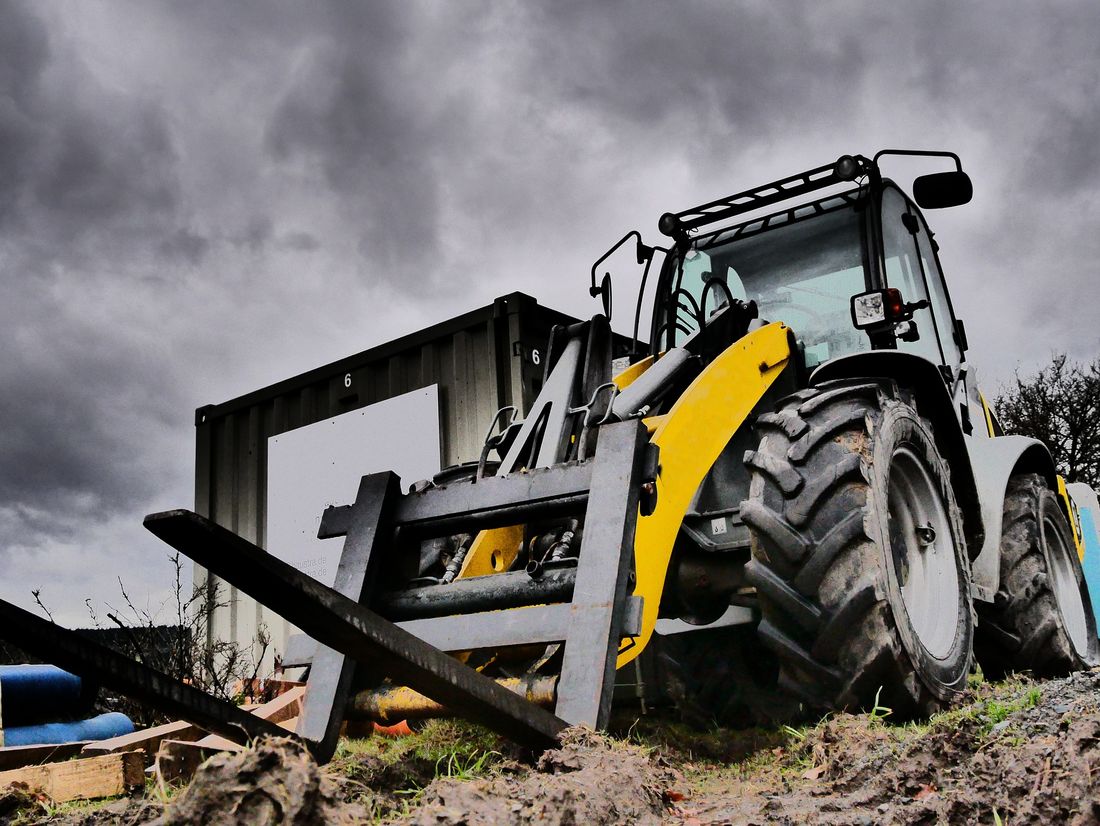
Phone (02) 4964 9406
Mobile 0405 758 535
Email training@allclass.net.au
Address 10 Kilcoy Drive, Tomago NSW 2322

We all know there are multiple types of forklifts - after all, you can’t use one tool for every job, right?
No one gets the job done using a screwdriver for drilling.
You don’t want to get a fork job wrong because you haven’t been prepared enough to select the right equipment. Time off the job costs cash, and your team can’t afford to muck around on .
We’ve got six common types of forklifts and we’ve explained exactly where and when they’re best used, so you know exactly which forklift is right for your project.
These babies are best suited for industrial or warehouse use. Their extended lift height means you can access stock or pallets from a significant height - perfect for warehouses with a huge stock selection (or seriously high storage).
There are two common types of industrial reach forklifts - stand up and double deep.
Stand up forklifts are commonly used when there’s only one load per bay.
Double deep forklifts have longer forks than stand-ups, making them perfect for multiple pallet loads - they can reach to the back of the bay and lift the pallet safely.
To use this type of forklift the operator must have an LF Work Licence.
Counterbalance Forklifts are most common in indoor warehouses (though you can use them outside on a flat surface). These forklifts have dual forks at the front to transport the loads. These forklifts generally have 4 wheels, 2 drive wheels at the front and 2 steering wheels at the back.
There are different types of counterbalance forklifts around - for example, a three wheel forklift that allows for a better range of movement (most ideal for narrow aisles).
To use this type of forklift the operator must have an LF Work Licence.
Ideal for any outdoor work, rough terrain forklifts feature inflatable tyres with thicker treads. These wheels, along with a powerful engine, means this forklift is an incredibly tough and durable piece of machinery.
These strong machines feature careful counterbalancing at the back, so these forks are ideal for transporting heavy loads across rough terrain without having to worry about the potential for overbalancing.
To use this type of forklift the operator must have an LF Work Licence.
If you’ve got a warehouse with narrow aisles and long loads - a side loader forklift is the one for you.
Their forks are mounted on the side of the vehicle - this lets the forklift pick up wider/longer loads easily.
There are two different types of side loader forklifts - stand up and enclosed cab. The enclosed cab is most suitable for outdoor work (mainly because the cab is enclosed away from the elements).
To use this type of forklift the operator must have an LF Work Licence.
Telescopic handler forklifts are the most reliable option for when you are working in agriculture or any industry where high lifting is necessary.
These forklifts are handy because they have the single telescopic boom - this creates a machine that is flexible and versatile. Telescopic Handler Forklifts have a range of attachments that can be attached to the boom. They’re handy if you have a range of high lift requirements for the one project.
If the telescopic handler is fitted with a jib attachment and used as a crane (with a capacity of over 3t) then the operator would need a CN (Non-slew crane licence). If the telescopic handler is fitted with a man basket and can lift to a platform height of 11 meters or more the operator must have a WP (Elevated Work Platform) Work Licence.
Some states and individual work site may have other specific requirements to operate and Telescopic Handler. An individual worksite is allowed to enforce stricter requirements than those mentioned in the WHS Regulations and the Australian Standards.
If you’ve worked in a warehouse you’ve most likely seen one of these.
Pedestrian operated pallet trucks are most commonly used in warehouses and storage facilities - their forks easily slide under a pallet and lift the load using a hydraulic jack.
They’re simple to operate and used simply to move a load from one place to another. These forklifts have a limited lift - so if you need to transport the item from a low point to a higher place you’ll need to use a lift truck.
There are no licensing requirements to operate one of these forks but your boss still has to make sure you can operate it safely.